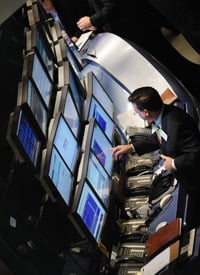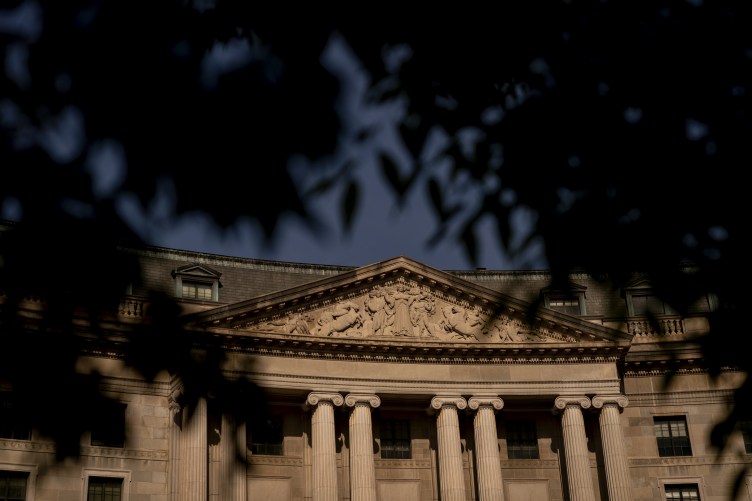 Bad news for anyone who still thinks the purpose of the Troubled Asset Relief Program was to encourage banks’ lending: 10 of the 13 large banks that have received funds so far actually saw their outstanding loan balances go down for the fourth quarter of 2008.
Bad news for anyone who still thinks the purpose of the Troubled Asset Relief Program was to encourage banks’ lending: 10 of the 13 large banks that have received funds so far actually saw their outstanding loan balances go down for the fourth quarter of 2008.
The Wall Street Journal, which crunched the numbers, reports that while banks have collected a total of $200 billion in TARP funds, their outstanding loan balances decreased by about $46 billion, or 1.4 percent.
Only three banks — U.S. Bancorp, SunTrust Banks Inc. and BB&T — reported increases.
(Here’s our running list of banks that have received bailout money.)
Companies appear to be feeling the chilling effect of a credit crunch, the Journal reports. A majority of 569 companies recently surveyed said they have been constrained by a lack of credit.
Instead of lending out the money, banks — under pressure from shareholders and, apparently, some federal regulators — have been using it to shore up their balance sheets.
And they are completely within their rights to do so because of a virtual complete lack of restrictions placed on banks as to how they can use the taxpayer dollars they receive.
The Obama administration did not appear amused. White House officials told the Journal they plan an overhaul of the program.
But banks defended their actions.
Some pointed out that a lack of capital on hand is what led to problems in the first place and called their decision to horde TARP funds fiscally responsible.
Others pointed to the difficulty of finding good lending opportunities in an era when many businesses are troubled and overall demand for loans is down.
As BB&T Chief Executive Kelly King said eloquently during a recent conference call, “We’re not going to make a bunch of bad loans.”










